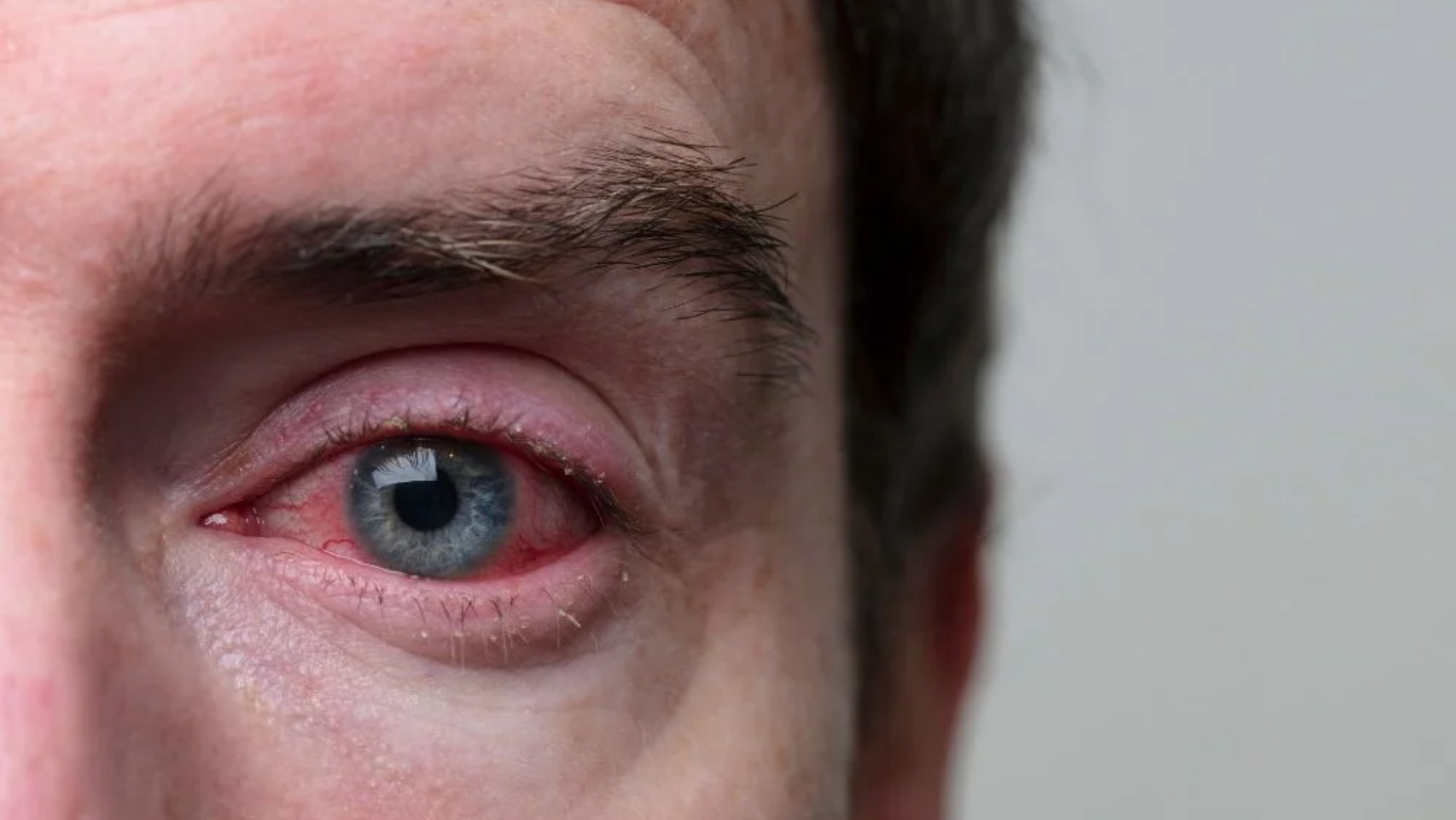Category
Conjunctivitis, commonly known as pink eye, is an inflammation of the conjunctiva.

Have any questions?
If you have any questions, feel free to contact us at [email protected]. A member of our support team will help you shortly.
Share this blog
Fatigue
Energy
Stress
Sleep
Conjunctivitis, commonly known as pink eye, is an inflammation of the conjunctiva. This thin, transparent layer covers the eye's white part and the eyelids' inner surface. Various factors can cause this condition, and understanding its causes, recognizing symptoms, and adopting effective eye care practices are essential for prompt management and prevention of further complications.
Most conjunctivitis cases are caused by viruses, with adenoviruses being a common culprit. Viral conjunctivitis is highly contagious and often accompanies respiratory infections such as the common cold.
Bacterial conjunctivitis is typically caused by bacteria such as Staphylococcus aureus or Streptococcus pneumoniae. It can result from direct contact with contaminated hands or surfaces.
Allergies to pollen, dust, pet dander, or certain chemicals can trigger allergic conjunctivitis. This form of conjunctivitis is not contagious and often affects both eyes.
Exposure to irritants like smoke, chlorine in swimming pools, or harsh chemicals can lead to irritant conjunctivitis. This type is non-infectious but can cause discomfort.
Conjunctivitis can occur if a foreign body, such as a piece of dust or a contact lens, becomes trapped under the eyelid, causing irritation and inflammation.
One of the hallmark symptoms of conjunctivitis is redness in the white part of the eye and the inner eyelids.
Itchy eyes are a common complaint, especially in cases of allergic conjunctivitis.
Viral and bacterial conjunctivitis often result in a watery discharge that may be more pronounced upon waking.
Bacterial conjunctivitis can produce a thicker, yellow or greenish discharge, causing the eyelids to stick together.
Individuals with conjunctivitis may experience a gritty or sandy sensation in the eyes.
Swelling of the conjunctiva or the eyelids can occur, contributing to a puffy appearance.
Photophobia, or sensitivity to light, is common, particularly in cases of viral or bacterial conjunctivitis.
Blurred vision may occur due to the excessive tearing or discharge associated with conjunctivitis.
Applying a cold compress to the closed eyes can help alleviate swelling and soothe the irritation associated with conjunctivitis.
Lubricating eye drops or artificial tears can relieve dryness and discomfort, especially in viral or allergic conjunctivitis cases.
For allergic conjunctivitis, oral or topical antihistamines can help control itching and other allergic symptoms.
In cases of bacterial conjunctivitis, topical antibiotics, such as eye drops or ointments, may be necessary to clear the infection.
Identify and avoid irritants or allergens that may be exacerbating conjunctivitis symptoms.
Practising good hygiene, including frequent handwashing and avoiding touching the face, can prevent the spread of contagious conjunctivitis.
If you wear contact lenses, follow proper hygiene practices and consider temporarily discontinuing use until the conjunctivitis resolves.
A warm compress can be applied to help loosen and remove the crusts in bacterial conjunctivitis with sticky discharge.
Consult with an eye care professional for prescription medications or additional treatments based on conjunctivitis's specific cause and severity.
Adequate eye rest, including avoiding prolonged screen time, can support healing.
Wash hands frequently with soap and water, especially after touching the eyes or face.
Refrain from rubbing or touching the eyes to minimize the risk of spreading the infection.
Avoid sharing personal items such as towels, pillows, or eye makeup to prevent the spread of conjunctivitis.
Individuals with contagious forms of conjunctivitis should avoid close contact with others until the infection resolves.
Replace eye makeup and personal care items regularly to prevent contamination.
Conjunctivitis, whether viral, bacterial, allergic, or irritant-induced, can cause significant discomfort and affect daily activities. Prompt identification of symptoms, proper eye care practices, and adherence to hygiene measures are crucial in managing conjunctivitis effectively. Seeking guidance from an eye care professional for accurate diagnosis and appropriate treatment is recommended, especially in cases where prescription medications are necessary. By following preventive measures, individuals can reduce the risk of developing conjunctivitis and minimize the potential for spreading contagious forms of the condition within their community.